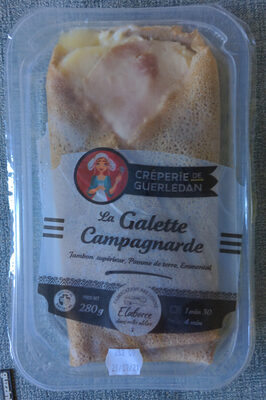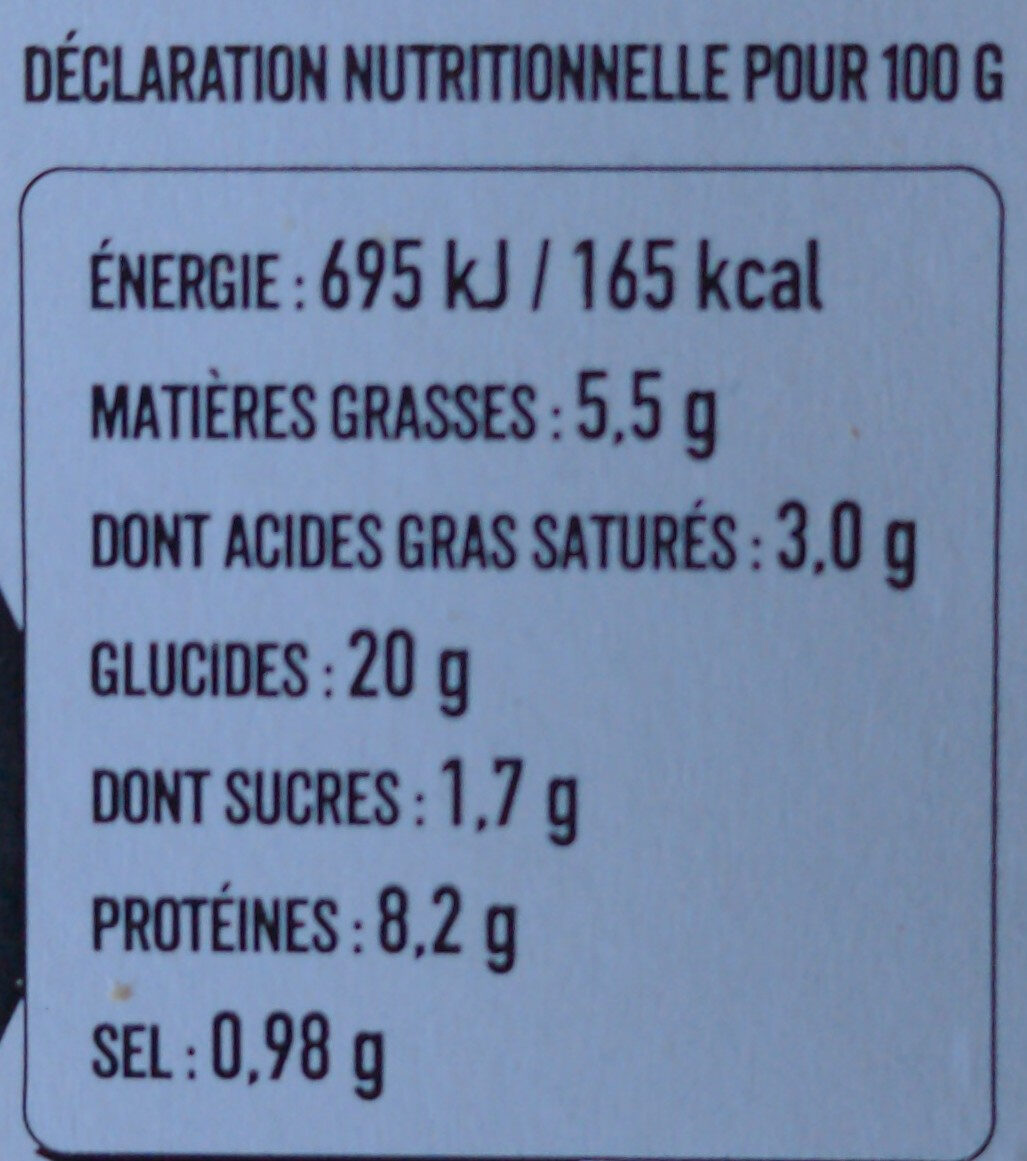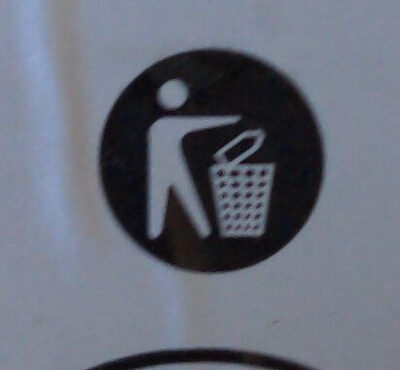La galette campagnarde - Crêperie de Guerlédan - 280 g
This product page is not complete. You can help to complete it by editing it and adding more data from the photos we have, or by taking more photos using the app for Android or iPhone/iPad. Thank you!
×
Barcode: 3760080260387 (EAN / EAN-13)
Quantity: 280 g
Packaging: Plastic
Brands: Crêperie de Guerlédan
Categories: Meals, Crêpes and galettes, Filled buckwheat crepes, Salty filled buckwheat crepes, Galettes
Labels, certifications, awards: French meat, French pork, Produced in Brittany
Manufacturing or processing places: Mûr de Bretagne
Traceability code: FR 22.158.002 CE - Mûr-de-Bretagne (Côtes-d'Armor, France)
Stores: Magasins U
Countries where sold: France
Matching with your preferences
Report a problem
Data sources
Product added on by kiliweb
Last edit of product page on by eric-v.
Product page also edited by autorotate-bot, charlesnepote, fabe56, magasins-u, openfoodfacts-contributors, packbot, roboto-app, teolemon, yuka.ErZ8P8-yH_c7DcD2jZls_zSkCfXgG6Z8RVIcoQ, yuka.Ui9rNExaVWZyZlluaE1CaHdock55c0JWL3I3eFpqT0pMUEVQSWc9PQ.












